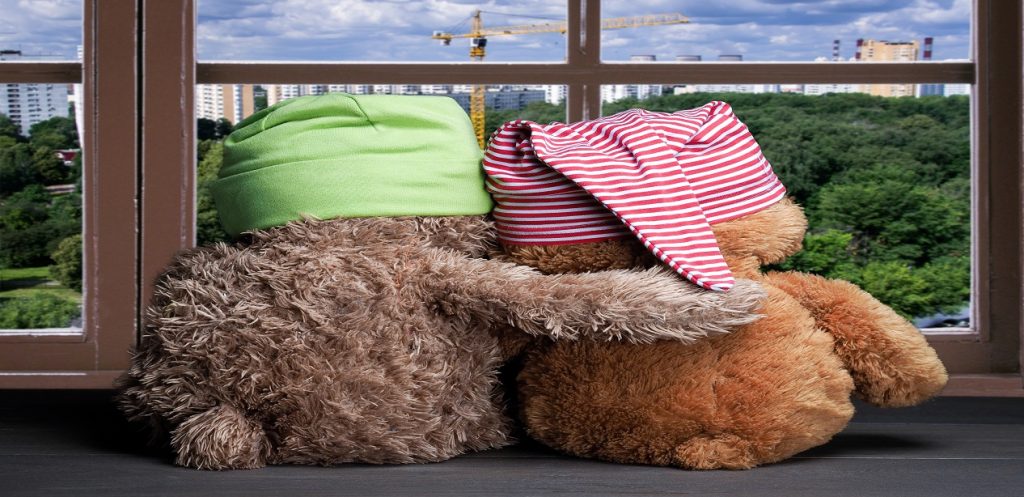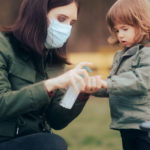Diaper rash is just not what you want to have to deal with. It can be very painful for your baby and will cause you some angst when it comes to nappy changing time. Fortunately, understanding diaper rash and taking the necessary steps can help minimize the likelihood that it happens at all.
Diaper rash occurs mostly in 9-12-month-old babies when they are still mostly sitting on their bottoms. But does also affect younger babies and children up to three years old. There are several things that can cause it.
What causes a diaper rash?
- – Friction – when baby’s bottom rubs against a wet diaper, this can cause a rash.
- – Irritation – this can be caused by the skin’s over exposure to urine or faeces.
- – Yeast/Fungal Infection (Candidal Infection). This can be caused by antibiotic treatments and usually goes away when the course is done.
- – Allergic reaction. Usually wipes, diapers, lotions and anything else that comes into direct contact with baby’s bottom can cause it.
You can identify a diaper rash quite easily – the skin under the nappy is red and irritated.
What to do if my baby has a diaper rash?
The rash can cause your baby to be fussy, cranky and cry during nappy change as the area is very sensitive and can be painful. To avoid rashes in general, you can:
- – Apply special nappy creams every time you change your baby’s diaper, whether they have a rash or not. The creams will provide moisturization and a barrier for protection.
- – Try to change your baby as soon as possible after they have dirtied their nappy.
- – Before bath time, leave your baby without a diaper for some much needed “airing” time.
If a rash does occur, keep the area clean and dry and use nappy rash creams. Usually the rash will disappear after around four days.
When should you seek medical advice?
- – If the rash hasn’t gone within a week despite constant correct treatment.
- – If your baby is in a lot of pain.
- – There are signs of a bacterial infection – when pus is leaking or here is a yellowish crusting.
- – The rash is spreading to other parts of the body.
- – If your baby has had diarrhoea along with the rash for more than 48 hours.
- – If your baby has a fever.
- – When you are worried because you can’t work out what is causing it.
Your baby will be all the happier with a clean, rash-free bottom!







Absolutely loved reading this! Watch live streaming ptv sports online — live cricket, football, tennis, and more. See schedules, live scores, expert analysis, and replays with fast, reliable HD streaming anywhere.
好文!2026年世界杯越来越近了,让我们共同期待这场全球足球盛宴。日期:2025-11-18 19:36:55 (-03)。
Awesome post! Join the fun at https://sqs-app-whats.com 利用 WhatsApp 网页版,您可以轻松管理和分类聊天记录。 . Date: 2025-11-27 11:44:37 (-03).